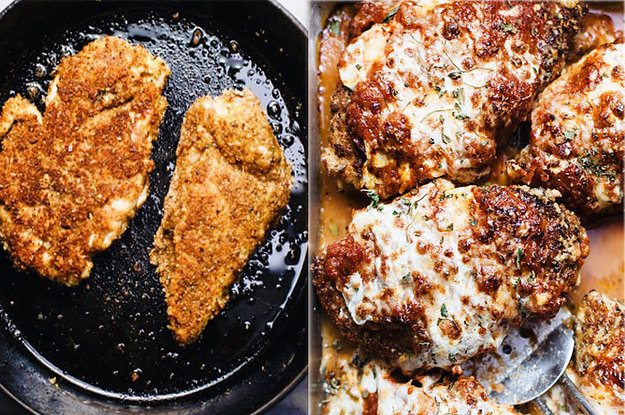
Among the many problems with hosting a potential NBA season restart in Florida right now is, well, Florida. The state is seeing a surge in cases of COVID-19 and the decision to “re-open” businesses and restaurants well before effective treatment and a vaccine for coronavirus has made Florida a significant hotspot for the disease in the United States.
Amid rising cases and alarming testing results, the NBA is moving forward with a plan to host a “bubble league” at Disney’s Wide World of Sports later in the summer. The plan makes sense in a lot of ways: Disney has considerable athletic facilities and accommodation amenities to house both players and games in an isolated area. It’s also a broadcast partner, with ABC and ESPN able to set up TV crews and logistics to broadcast the games that would undoubtedly see huge ratings in a world struggling to hold sporting events stateside.
Recent days have had reports of players concerned about the logistics of the bubble league, though, and late Saturday we learned a significant reason why: while testing standards have been established for players, the many Disney employees required to support a bubble league will not see the same rigorous testing standards and won’t be staying in the bubble at all times.
ESPN’s Baxter Holmes and Zach Lowe reported late Saturday that players have voiced concerns about the spike in cases in Florida, and even commissioner Adam Silver has acknowledged rising numbers in the sunshine state.
In at least one recent call with high-level team executives, NBA commissioner Adam Silver has acknowledged the spiking numbers in Florida. Team sources described the general tone of that call, including the questions asked of Silver on it, as tense. Another called Silver’s tone “resolute but somber.” He expressed a resolve to go on — a confidence in the NBA’s bubble concept — while recognizing the seriousness of the coronavirus spike, sources said.
The reason for the tone of that call may be something players learned about Disney employees, who apparently won’t be subjected to the testing standards and quarantine restrictions of the NBA’s players and staff.
The National Basketball Players Association held a virtual town hall with players this week and addressed concerns about the Florida cases, sources familiar with the matter told ESPN. Players brought up the fact that Walt Disney World staffers who will not reside in the NBA campus — including hotel housekeepers — will not be subject to any coronavirus testing, sources said. One mitigating factor that was cited, a source added: Many of the new cases are in areas other than Orlando.
Disney’s walled fortress of amenities may be able to isolate players from the rest of Florida, but staff coming and going essentially defeats the purpose and effectiveness of that isolation. It’s not a true bubble, to put it plainly, and more than two months of that could see something go wrong and lead to an outbreak. That would be both dangerous to their health and damaging to the league, which has watched as a variety of other leagues such as Major League Baseball and the National Hockey League deal with reports of positive COVID-19 tests in their Florida training locations last week.
Those outbreaks happened because no one is living at these facilities, but in the greater population of Florida where cases are spiking and social distancing isn’t being maintained. Those positive cases were detected in people living in Florida and going to work in Florida, just like the Disney employees that will be largely responsible for preventing the NBA’s bubble from popping later this summer. With that in mind and given numbers in the state continue to go up, it makes sense that players are concerned to say the least.
[via ESPN]









